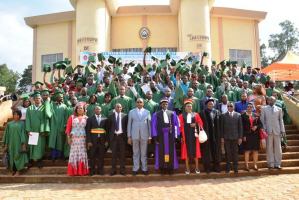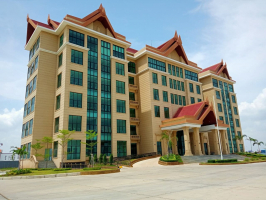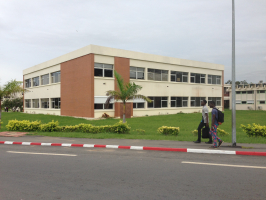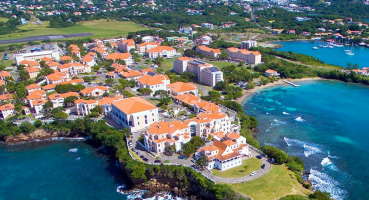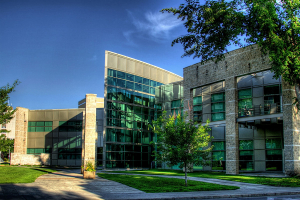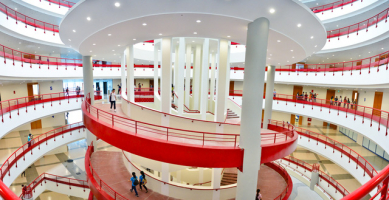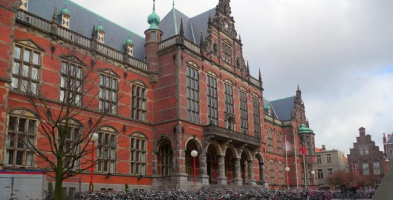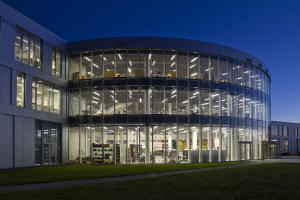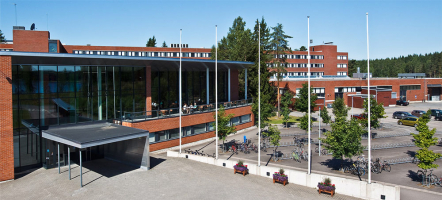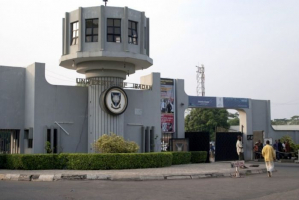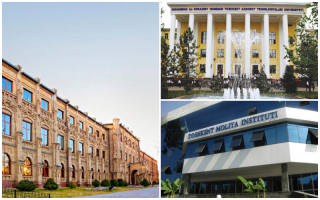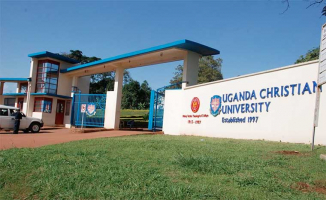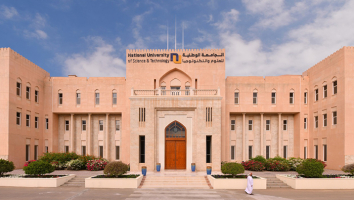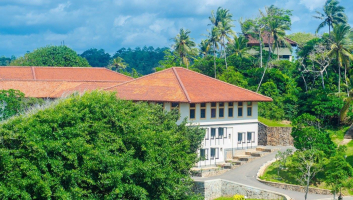Top 10 Best Universities in Argentina
In Argentina, there are numerous top-ranked universities that compete with some of the world's most prestigious international colleges. Argentina's ... read more...universities, colleges, medical schools, engineering schools, and law schools are well-respected and well-known in the academic and educational communities, and they continue to offer prestigious Bachelor's, Master's, and Ph.D. programs for smart, driven adventurers. Today, Toplist brings to you the top 10 best universities in Argentina.
-
The University of Buenos Aires (UBA) is an Argentine public research university. It is the country's primary institution of higher learning, as well as one of the most prestigious universities in Ibero-America and the world, having been founded in 1821. It has educated 17 Argentine presidents, produced four of the country's five Nobel Laureates, and accounts for over 40% of the country's research output. The UBA is now ranked 66th in the world by QS World University Rankings and at number 1 the best universities in Argentina.
Many international students, particularly at the postgraduate level, are drawn to the university because of its academic prowess and regional leadership. Foreign students make up just over 4% of undergraduates, while 15% of postgraduate students are from other countries. With a 30 percent international postgraduate student population, the Faculty of Economic Sciences lives up to its reputation as a "leading business school with major international influence."
More than 328,000 students attend the University of Buenos Aires, which is divided into 13 faculties. Six hospitals, sixteen museums, thirteen scientific institutes, six interdisciplinary commissions, five high schools, the Ricardo Rojas Cultural Center, the Cosmos Cinema, the University of Buenos Aires Symphony Orchestra, and Eudeba (Editorial Universitaria de Buenos Aires), the country's largest university press, are all under its control.
The University of Buenos Aires offers free undergraduate programs to all students, regardless of country. Postgraduate tuition contributes to the UBA's social objective of providing free university education to all.Location: Buenos Aires, Argentina
Website: https://www.uba.ar/

Photo: aljawaz 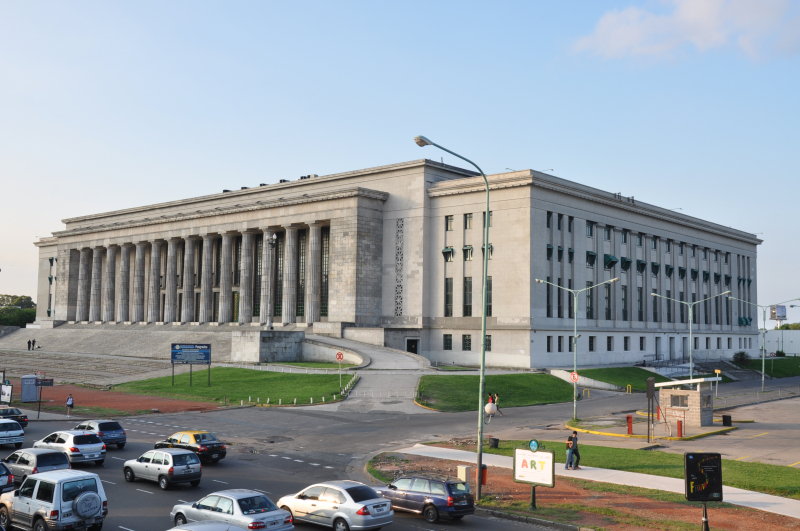
Photo: smapse -
The National University of La Plata (UNLP) is the largest and most prominent national university in Argentina, located in La Plata, the capital of the province of Buenos Aires. It includes more than 90,000 regular students, 10,000 faculty members, 17 departments, and 106 degree options.
UNLP comprises the Rafael Hernández National College, the Victor Mercante Lyceum, the Bachelor of Fine Arts program, the School of Agronomy, the La Plata University Radio, the La Plata University Press and numerous academic centers for research and outreach including La Plata Museum of Natural Sciences, the University Public Library, the Samay Huasi Retreat for Artists and Writers, the Institute of Physical Education, the Astronomical Observatory and the Santa Catalina Rural Association.
The National University of La Plata was founded on April 18, 1897, with Dr. Dardo Rocha as its first rector. Joaqun V. González, the Minister of Justice and Public Education in Manuel Quintana's ministry, decided to nationalize it in 1905. González also incorporated several local scientific institutions into the university, becoming the first President of the National University of La Plata a year later. The university now has one of South America's most prominent paleontological and anthropological collections.Location: La Plata, Buenos Aires Province, Argentina
Website: https://unlp.edu.ar/
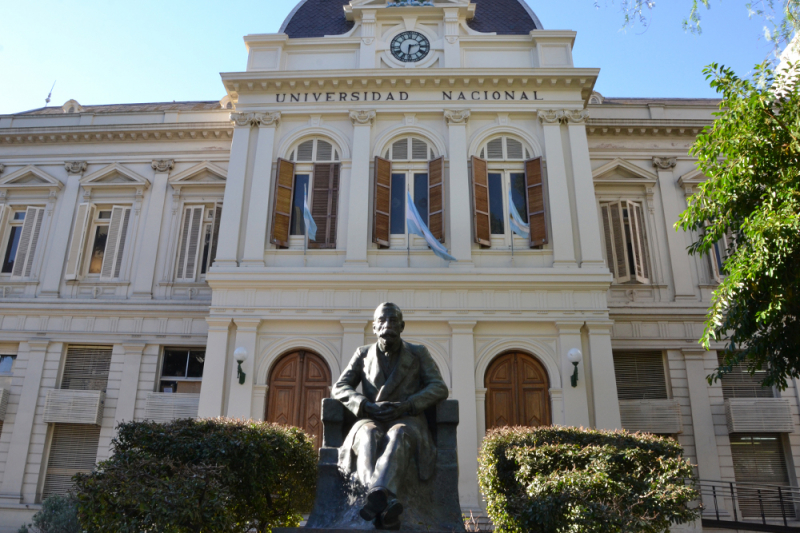
Photo: smapse 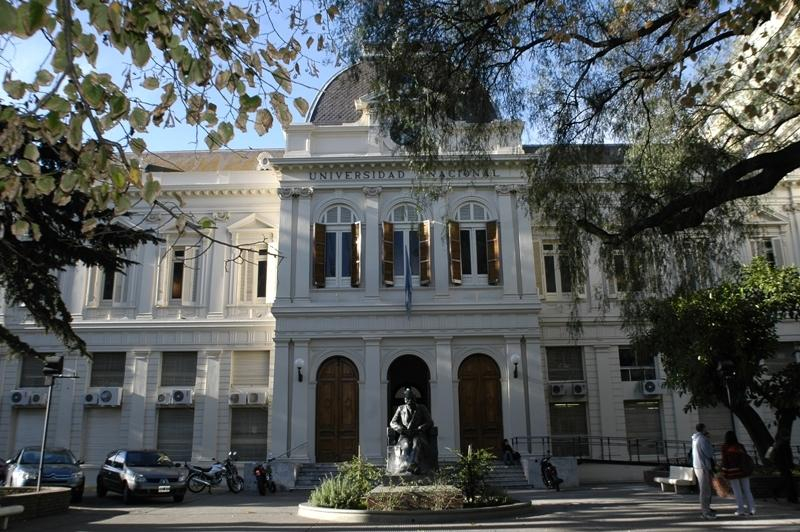
Photo: unlp.edu.ar -
The National University of Córdoba is an Argentine university located in the city of Córdoba. The university was founded in 1613 and is Argentina's oldest, as well as the third-oldest university in the Americas, behind the National University of San Marcos (Peru, 1551) and Saint Thomas Aquinas University (Colombia, 1580). Today, in terms of quality, it is rated in the top 3 in the top 10 best universities in Argentina.
It has been the country's second-largest institution in terms of students, faculty, and academic programs (behind the University of Buenos Aires) since the early twentieth century. Córdoba has gained the nickname La Docta since it was the site of the first university in what is now Argentina (roughly translated, "The Wise"). The National University of Córdoba is funded by Argentine taxpayers, yet it is independent, like all other national institutions in Argentina. This implies it has the authority to handle its own budgets, elect its own government, and impose its own rules. Admission to undergraduate study at The National University of Córdoba is not selective, as it is at most public universities in Argentina.
Location: Córdoba, Córdoba Province, Argentina
Website: https://www.unc.edu.ar/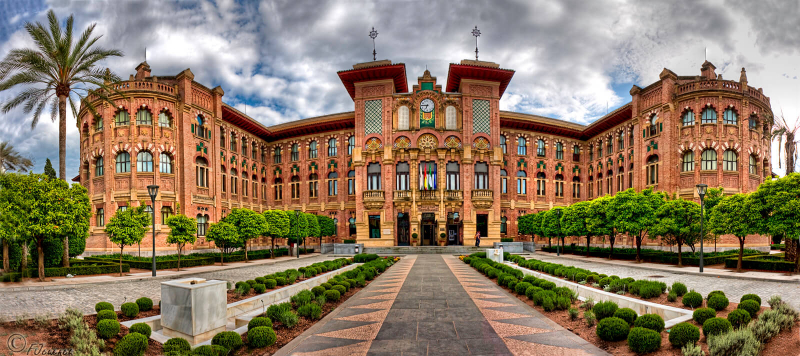
Photo: educations 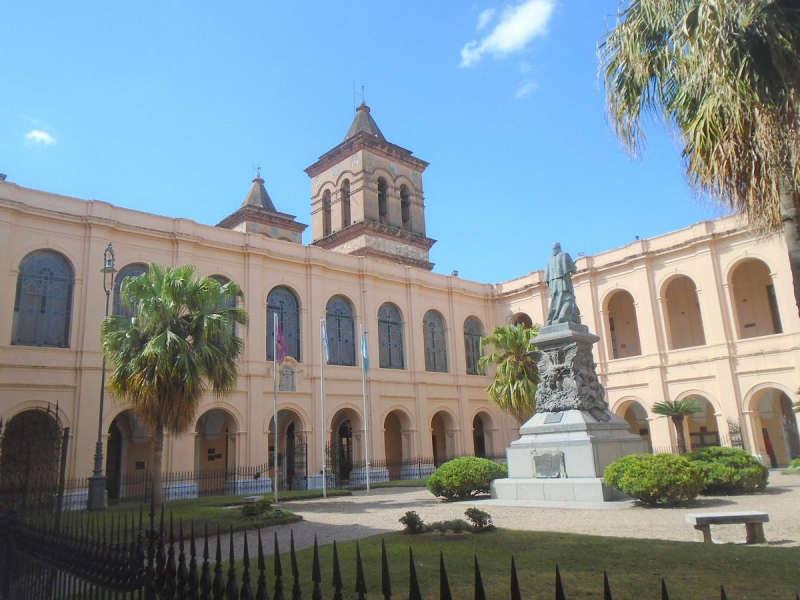
Photo: tripadvispor -
The National Institution of Rosario is an Argentine research university in the city of Rosario, in the province of Santa Fe. Law 17.987 established Rosario National University (UNR) in 1968. Its founding structure was made up of a number of academic and administrative units from the National University of the Littoral's Rosario campus, which was founded in 1918. Colleges of Medicine, Biochemistry Sciences, Engineering, Architecture, Economic Sciences, Humanities and Arts, Law, Psychology, Political Sciences, Odontology, Agricultural Sciences, and Veterinarian Sciences were all part of the original university at the time. Other institutions under the original university's aegis included hospitals and secondary schools, the Rosario Music Institute; and the Center of Foreign and Modern Languages, the Fine Arts Institute.
The National Institution of Rosario has maintained an active interaction with Rosario society since its inception. This partnership enabled it to complete every project it started and maintain expansion in line with regional needs. It currently has 12 colleges, three secondary schools, and one interdisciplinary academy. There are 171 postgraduate courses, 63 college degrees, 15 technical degrees, 53 intermediate level college degrees, 26 degrees for articulation with the non-university higher education system, and 32 professional degrees offered on a 68,000 square meter (730,000 ft2) building surface (non-university post-secondary degrees). Later, an online campus was established, which offered distance learning courses through the use of Web assistance as a teaching method."Providing higher education with scientific characteristics toward the formation of researchers, professionals, and technicians with broad cultural integration, capable and conscious of their social responsibility, and with the responsibility of fostering interrelationships among faculty, graduates, and students through national and international scientific and cultural centers," says Rosario National University.
Location: Rosario, Santa Fe Province, Argentina
Website: https://www.unr.edu.ar/
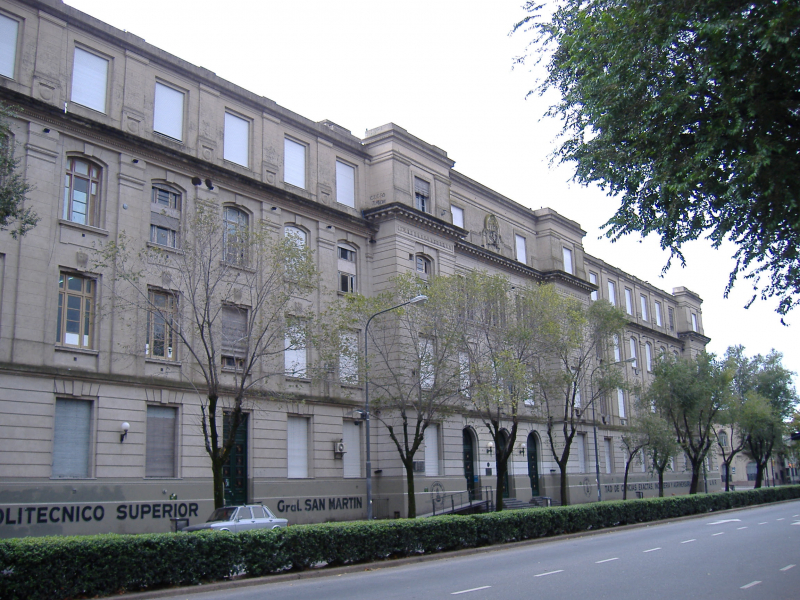
Photo: wikipedia 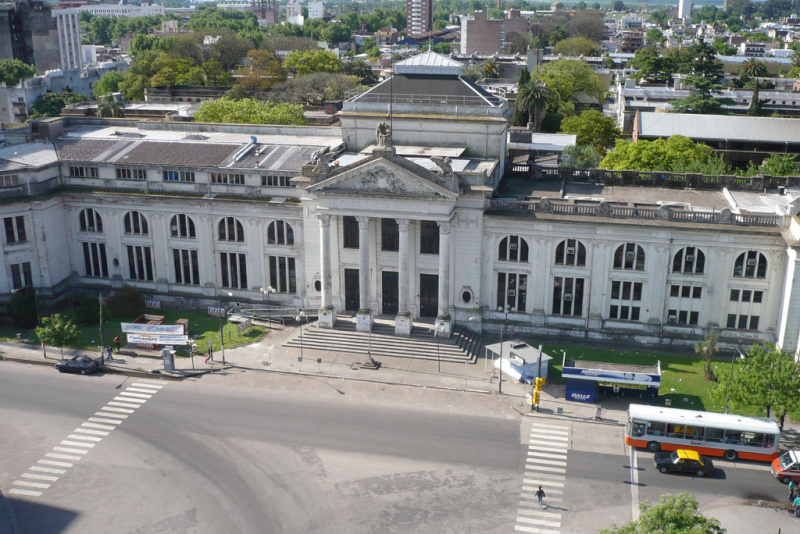
Photo: smapse -
The National University of Cuyo is the main higher education institution in Argentina's Mendoza province.
Arts and plastic design, engineering, economic sciences, exact and natural sciences, medicine, social and political sciences, law, dentistry, humanities, agricultural sciences, elementary and special needs education, and applied sciences are among the 12 faculties at the university, which was founded in 1939. In the fields of energy, engineering, and physics, the school provides a variety of master's degrees and PhD programs. In the city of San Carlos de Bariloche, in the province of Ro Negro, the institution also houses the Balseiro Institute, Argentina's most developed physics research institute.
The National University of Cuyo's purpose is to develop education in Argentina, which it has accomplished by providing technical education in four additional Mendoza cities and operating seven buildings as high schools.
If you are interested in artistic and cultural activities, the university has a lot to offer. The university not only has its own choir, wind quintet, cinema, and symphony orchestra, but it also has a big theater where the university ballet is performed. Swimming, hiking, judo, creative skating, yoga, trekking, and acrobatics are just a few of the recreational activities offered by the institution to help students improve their quality of life.
Location:Mendoza, Mendoza Province, Argentina
Website: https://www.uncuyo.edu.ar/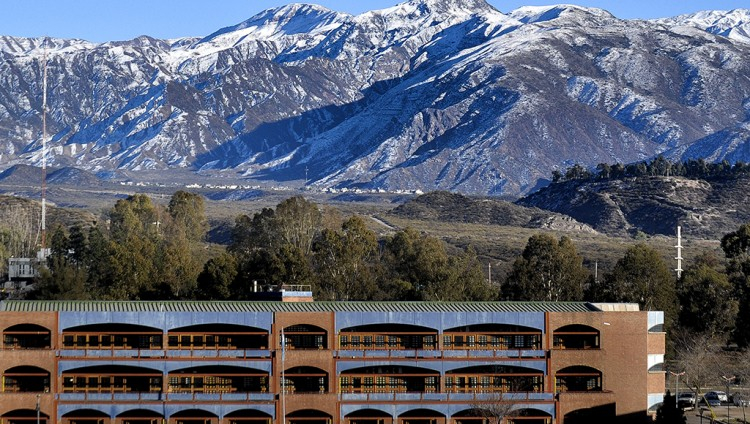
Photo: uncuyo 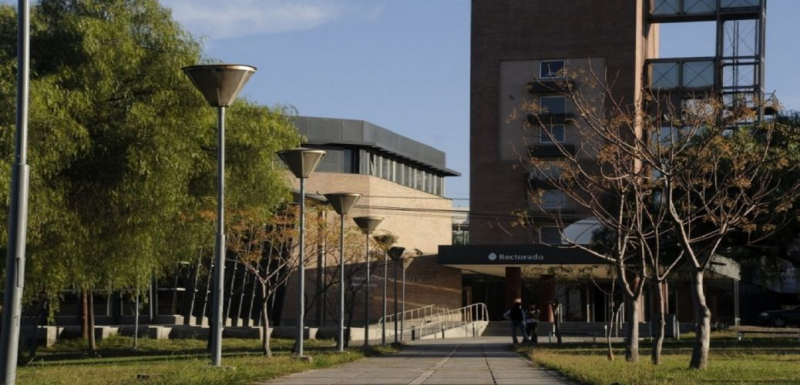
Photo: gotouniversity -
The National University of the Littoral was founded in 1889. It is an Argentine public university located in the province of Santa Fe. It began as the Provincial University of Santa Fe, but after the signing of the national law in 1919, it became the National University of the Littoral.
Ten faculties, two university centers, a university headquarters, a higher institution, three middle-level schools, a primary-level school, and an initial garden make up the University. It offers undergraduate, master's, and doctoral degrees in a variety of fields. The university's faculties are knowledgeable and experienced. Research, distance learning, study abroad, electives, teaching and non-teaching training, specialities, and entrepreneurial programs, as well as bonding activities and winter school, are all available to students.
The National University of the Littora features a large, contemporary, and green campus. Academic buildings, dining, counseling services, healthcare center, athletic fields, gym, campus store, cultural center, auditorium, theater, and leisure area are all available to students. Sports courts, fields, pools, amphitheater, ground, gym, multipurpose rooms, and a bar-restaurant are all available at the UNL-ATE Venue. The university's media department publishes a newsletter, a journal, and a periodical.
The National University of the Littoral is one of the top 1500 institutions in the world, ranked 69th in Latin America, and also belong to top 10 the best universities in Argentina. It's also well-known for its research and publications.Location: Santa Fe, Santa Fe Province, Argentina
Website: https://www.unl.edu.ar/
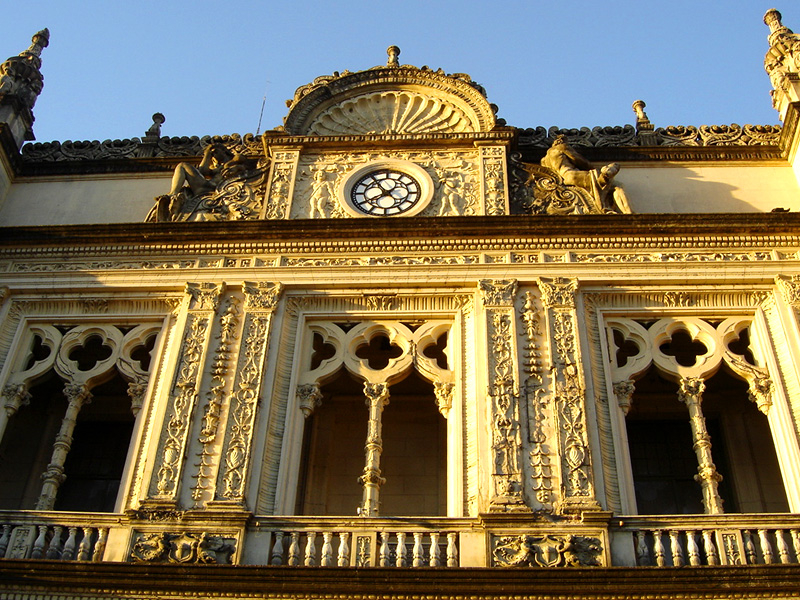
Photo: wikiwand Youtube: UNLvideos -
The National University of Mar del Plata is an Argentine national university located on the Atlantic coast in the city of Mar del Plata.
The University of the Province of Buenos Aires first opened its doors in 1962. The university was given its current name in 1975, when the Argentine government took over its administration and combined it with the Universidad Católica Stella Maris under the Taquini Plan (Catholic University Stella Maris).
The National University of Mar del Plata has nine faculties (Architecture, Urbanism and Design, Agricultural Sciences, Economics and Social Sciences, Natural Sciences, Health Sciences and Social Work, Law, Humanities, Engineering, and Psychology) and one school (School of Medicine) at the UNMdP. There are 50 graduate programs, 11 pre-graduate programs, and 48 post-graduate programs available at the university.Location: Mar del Plata, Buenos Aires Province, Argentina
Website: http://mdp.edu.ar/
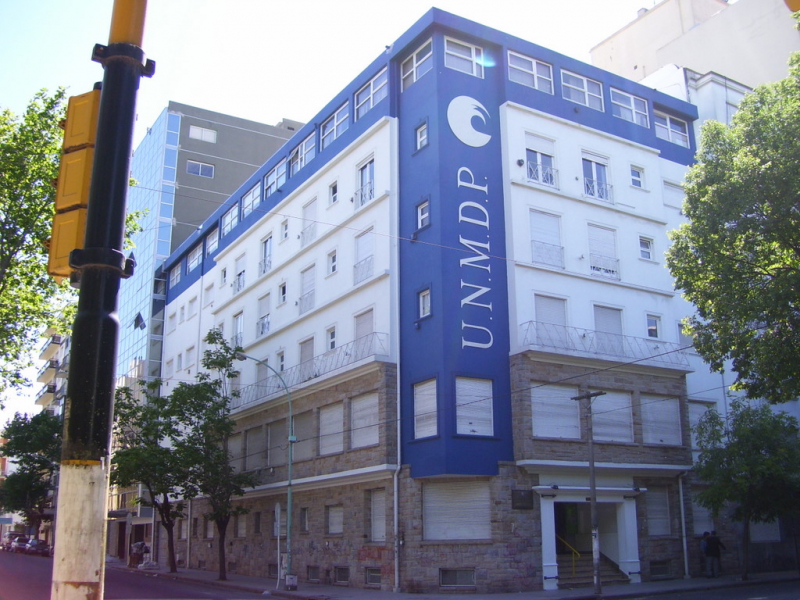
Photo: wikipedia Youtube: National University of Mar del Plata -
The National University of the South, located in the city of Bahia Blanca near Buenos Aires, is Argentina's largest national higher educational institution. This university, which was founded in 1956 with the motto "through the hardships to the truth," has gone through various transformations. Prior to becoming the country's seventh national university, it was absorbed by the Technological Institute of the South, a former affiliate of the National University of La Plata.
More than 20,000 undergraduate students and roughly 1,300 graduate students are served by the new institution's academic framework, which is organized into departments. UNS currently offers degrees in agronomy, biochemistry, biology, chemistry, computer science, economics, electrical engineering, engineering, geography, geology, humanities, law, management, mathematics, medicine, and physics across 16 different departments.
The major library, as well as most of the departments and laboratories, are housed in the main university building, which is located at Alem 1253. There are other structures on the same property: The buildings for the departments of humanities, economics, geography and tourism, and administration sciences are located at the intersection of 12 de Octubre and San Juan streets. Meanwhile, in the "Altos del Palihue" area, there is another complex where the agronomy and law departments are located.
Location: Bahía Blanca, Buenos Aires, Argentina
Website: http://www.uns.edu.ar/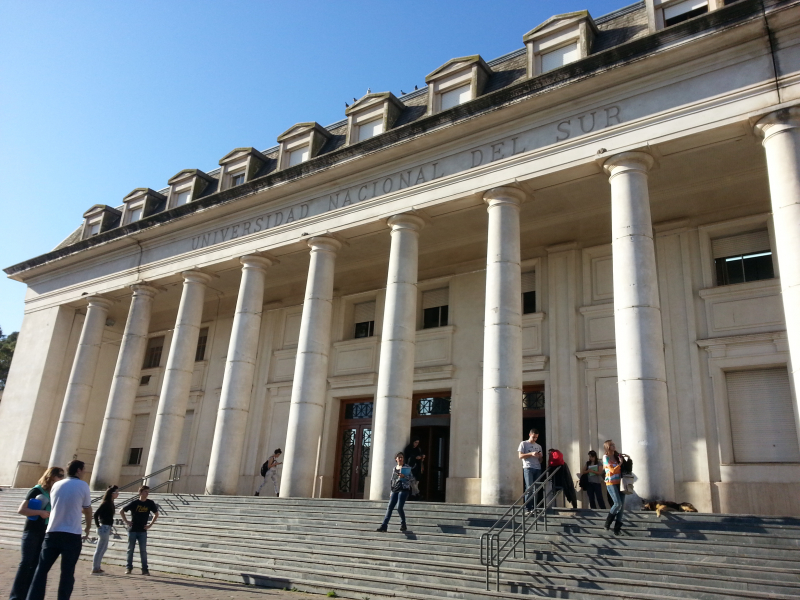
Photo: wikipedia Photo: AudiovisualesUNS -
The National University of Comahue is an Argentine national university with branches in the provinces of Neuquén, Ro Negro, and Chubut, as well as units in Viedma, Bariloche, San Martn de los Andes, Cipolletti, Zapala, Allen, General Roca, Choele Choel, San Antonio Este, Villa Regina, Esquel, Puerto Madryn, and Trelew. Its headquarters are in Neuquén. Students attend one of three university branches, which are located in the provinces of Neuquén, Ro Negro, and Chubut. The institution, which was founded in 1972, now has approximately 24,000 students spread throughout its numerous campuses. It is Argentina's Patagonia's largest public university. It is well known for its role in the development of the Pehuensat-1 satellite, which was sent into orbit in 2007.
Its university legislation (Ordinance # 470/2009) provides for free entrance to all of its programs as well as freedom of speech for the advancement of its activities.
Location: Neuquén, Río Negro and Chubut, Argentina
Website: http://www.uncoma.edu.ar/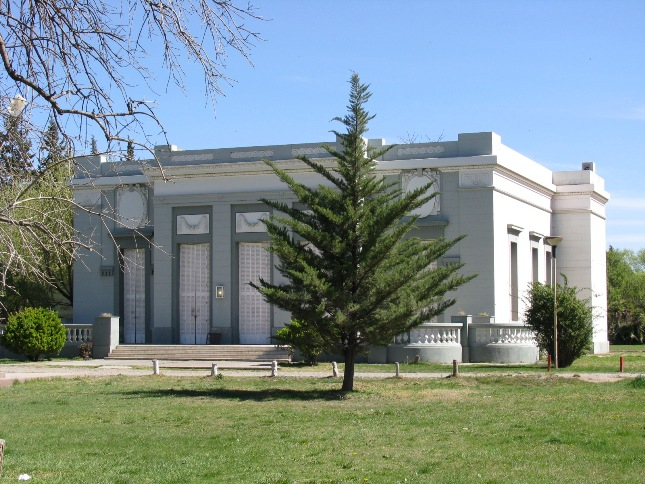
Photo: wikipedia 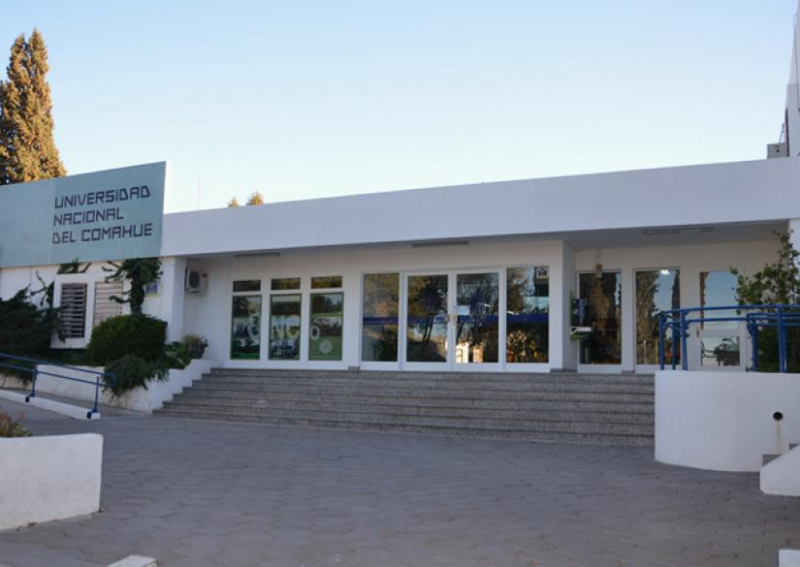
Photo: smapse -
The National University of Tucumán (UNT) is an Argentine public higher education institution. In 1914, UNT began its academic endeavors. San Miguel de Tucuman is home to the main structure. This university is a well-known educational institution in Argentina, consistently ranking among the country's top 20 institutions. Tucumán National University is ranked in the top 5% of universities in the world.
With almost 34,000 students, the National University of Tucumán is considered a big university. More than 3,000 academics and teachers make up UNT's academic staff. The institution engages in a range of foreign student and faculty exchange programs. The institution has a presence on LinkedIn, so if you want to learn more about its everyday activities and events, this is the place to go.
A library is available at the university. The National University of Tucumán provides a number of sporting facilities that may be of interest to many students. Bachelor's degrees at UNT are relatively inexpensive, costing approximately $1,000 each year. The cost of a master's degree at UNT will be around $1,000 per year.Location: San Miguel de Tucumán, Tucumán Province, Argentina
Website: http://www.unt.edu.ar/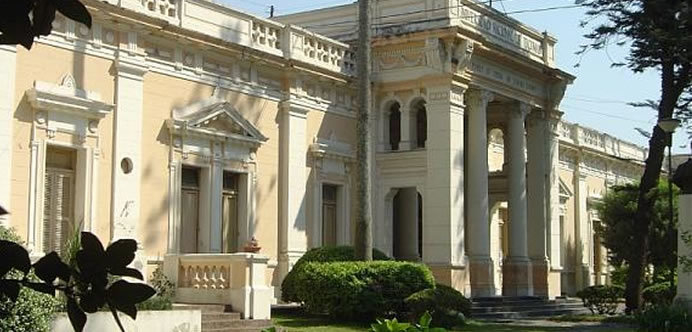
Photo: studyabroad101 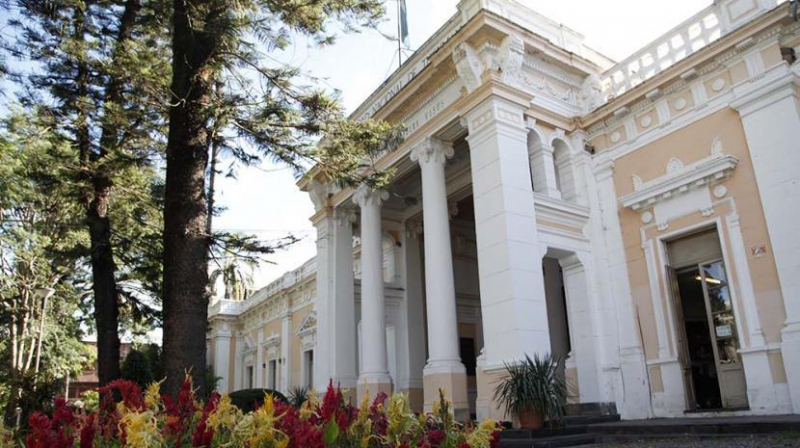
Photo: medios.unt.edu.ar















